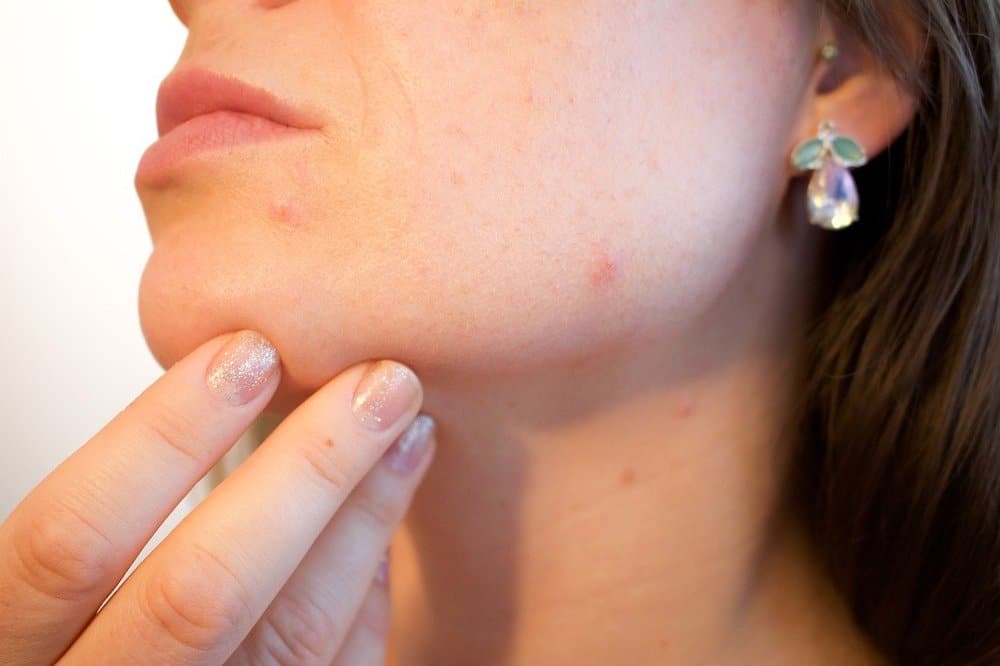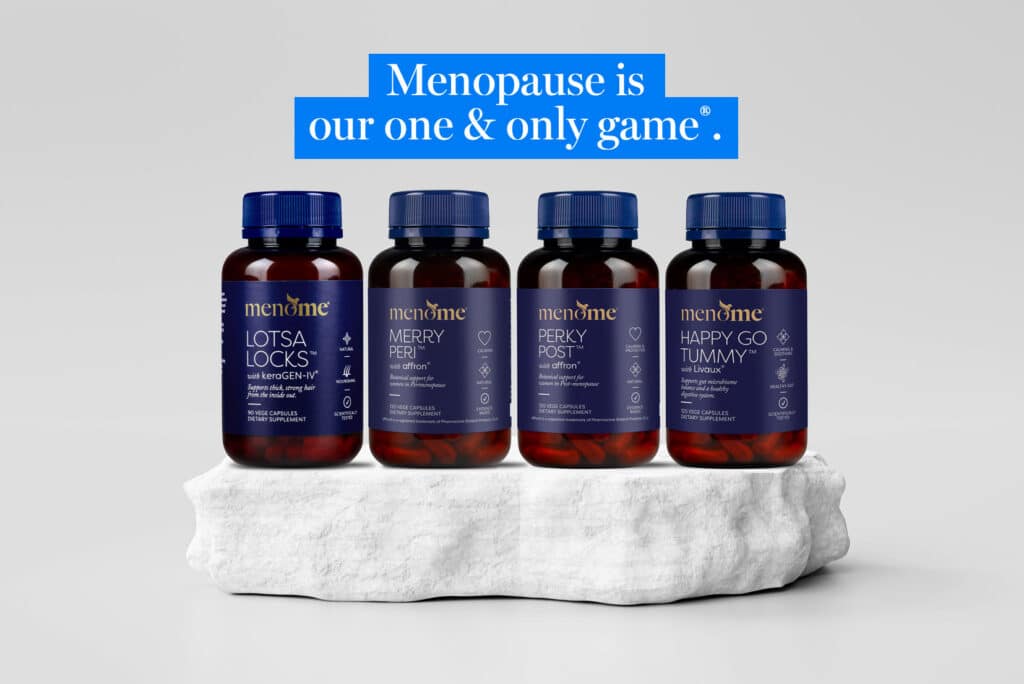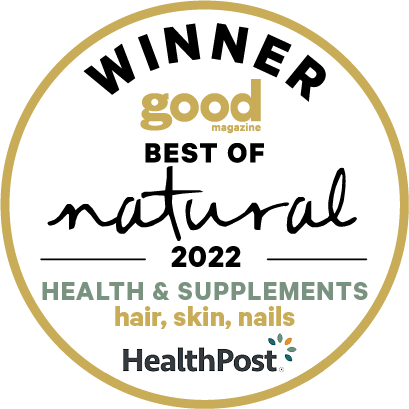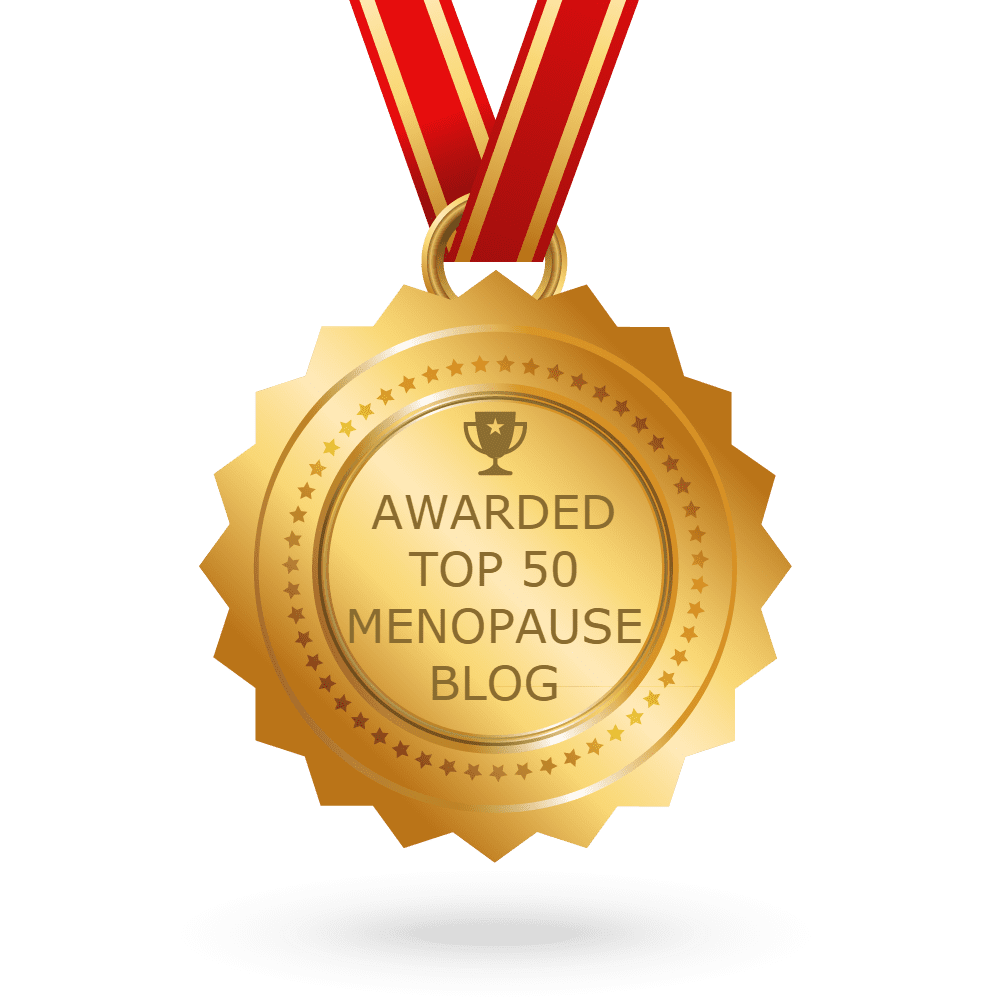Acne again? I hear your frustration re adult acne! Hormonal breakouts in midlife aren’t just annoying – they’re real, and more common than you think.
Who knew your pesky hormones would bring back breakouts you thought you’d left behind in your teens?
How can that be?
You’re in perimenopause for Pete’s sake.
Or even post-menopausal.
Wrinkles and acne. What’s a woman to do?
We see you – and you’re not alone. Indeed, this is hormonal acne when you least expected it.
In fact, menopause is often described as puberty in reverse. That’s because the hormonal fluctuations triggering your current breakouts are eerily similar to what you may have experienced in your teens.
How Common Is Adult Acne?
Adult acne is more common than most people realise.
According to research:
- 26% of women aged 40 to 49 experience adult acne
- 15% of women aged over 50 still battle breakouts
And the rates are rising.
The good news? For many women menopausal acne fades as your transition fully into post-menopause.
Dermatologists classify menopausal acne into three types:
- Persistent: Acne that starts in puberty and never fully goes away
- New-onset: Acne that begins for the first time in adulthood
- Recurrent: Acne that disappears after adolescence but returns later in life2,9,10
What Causes Adult Acne?
From a hormonal perspective, one culprit is androgens – commonly known as male sex hormones, women make them too. In fact, androgens like testosterone and androstenedione are essential for estrogen production.
Produced in your ovaries and adrenal glands, androgens are behind puberty-related traists like underarm hair – and yes acne, excess facial hair and female-pattern hair loss.
As estrogen drops in menopause, the relative level of androgens can spike, creating the perfect storm for acne.
Menopausal acne isn’t just hormonal – it’s personal. Your skin reflects your inner world: stress, sleep, gut health and more.
It’s Not Just Hormones
While hormonal imbalance is the main driver, several external and lifestyole factors can trigger or worsen menopausal acne:
- Certain cosmetics or personal care products
- Dietary factors like sugar and dairy
- Obesity and insulin resistance
- Smoking and alcohol
- Sun exposure and environmental toxins
- Stress, poor sleep, and lack of exercise
Also, underlying conditions like PCOS or thyroid issues may play a role, so its smart to check in with your GP
What Can You Do About It?
Here’s the good news. You can do a lot to clear your skin and restore your glow, especially by supporting hormone shifts through diet and lifestyle.
11 Smart Ways To Beat Midlife Breakouts
Keep insulin levels stable by eating protein and healthy fat together, moving after meals, and avoiding processed carbs. Insulin resistance can trigger more androgen production.
2. Ditch Inflammatory Foods
Say no to refined sugar, white bread, pasta, cakes, biscuits, and ultra-processed snacks. Swap them for whole, anti-inflammatory foods.
3. Avoid Dairy (Mostly)
Dairy, especially milk, is linked to breakouts. Yoghurt is often better tolerated. Try a dairy-free challenge and observe your skin.
4. Load Up on Beta-Carotene Veggies
Aim for 8–10 servings of red, orange, and green veg daily. Think sweet potatoes, carrots, spinach, kale, and broccoli. Your body converts beta carotene to vitamin A, which supports skin health.
5. Get Your Essential Fats
Balance your omega-3 and 6 intake. Ditch vegetable oils like canola and soybean. Use extra virgin olive oil, hemp seed oil (on salads/oats), and eat fatty fish, flaxseeds, and walnuts.
6. Support Your Gut
A healthy gut = healthy hormones. Load up on fermented foods like sauerkraut, coconut yoghurt—and don’t forget your Happy Go Tummy® for extra support.
Lifestyle Shifts That Help
7. Minimise Inflammation
Address stress, heal your gut, get regular movement, and reduce toxin exposure where you can.
8. Go Clean with Skincare
Some cosmetic ingredients contain endocrine disruptors that mess with your skin. Stick with clean, natural products when possible.
9. Balance Hormones Naturally
Smart supplementation can help. Try Merry Peri® (for perimenopause) or Perky Post® (for post-menopause) to help restore hormonal harmony. Get yours here.
10. Supplement Wisely
A good-quality multivitamin with vitamins A, B6, D, E, and zinc can do wonders for your skin.
11. Try Our Shake It Off® 10-Day Hormone Reset
This gentle reset is designed to support your liver, gut, and hormone pathways – helping to reduce inflammation, rebalance your body, and give your skin the fresh start it deserves. Think of it as a skin-loving system reboot.
Final Thought – Eat Mediterranean
You’ve heard it before, and for good reason – a Mediterranean-style diet is gold for your skin and hormones.
Load your plate with:
Whole vegetables and fruits
Plant-based protein and sustainable fish
Healthy fats like olive oil and avocado
Complex carbs like brown rice and oats
Your skin – and your future self – will thank you.










